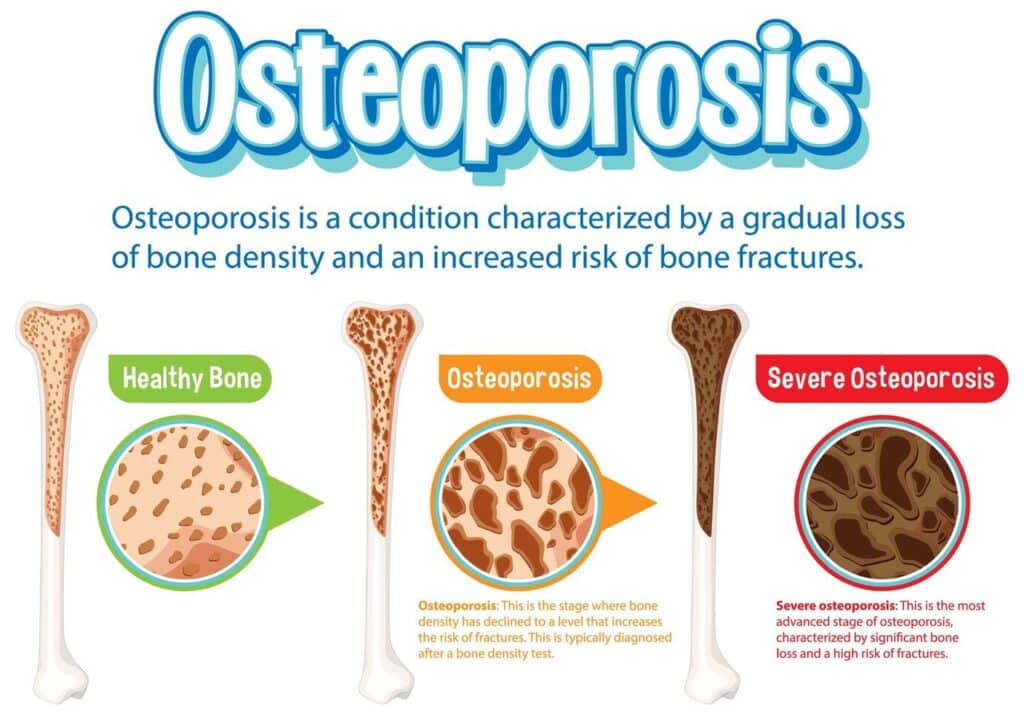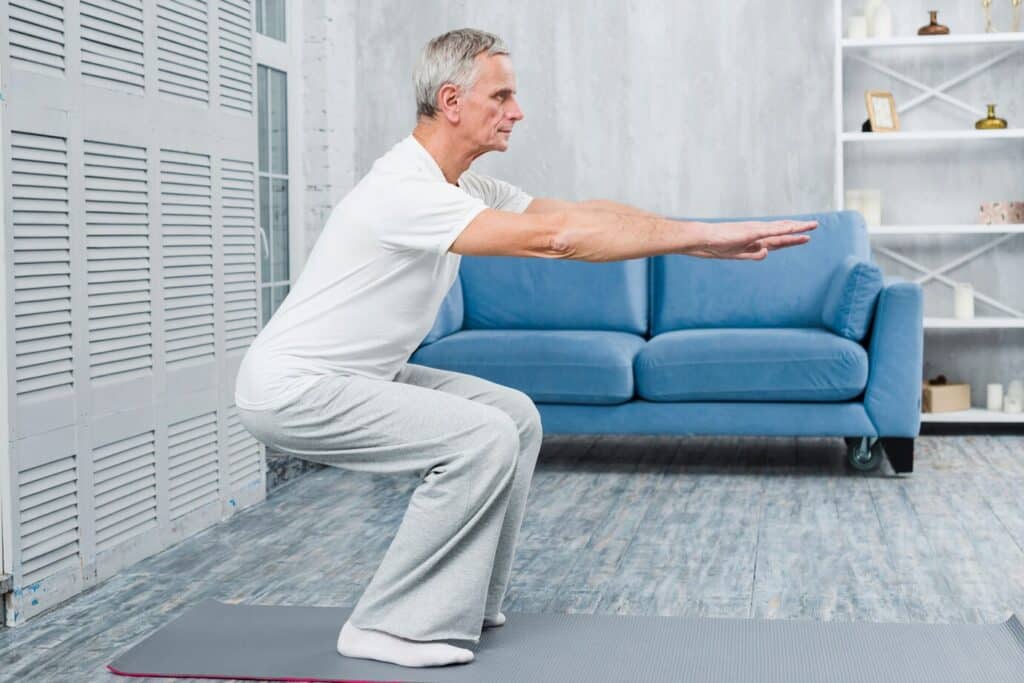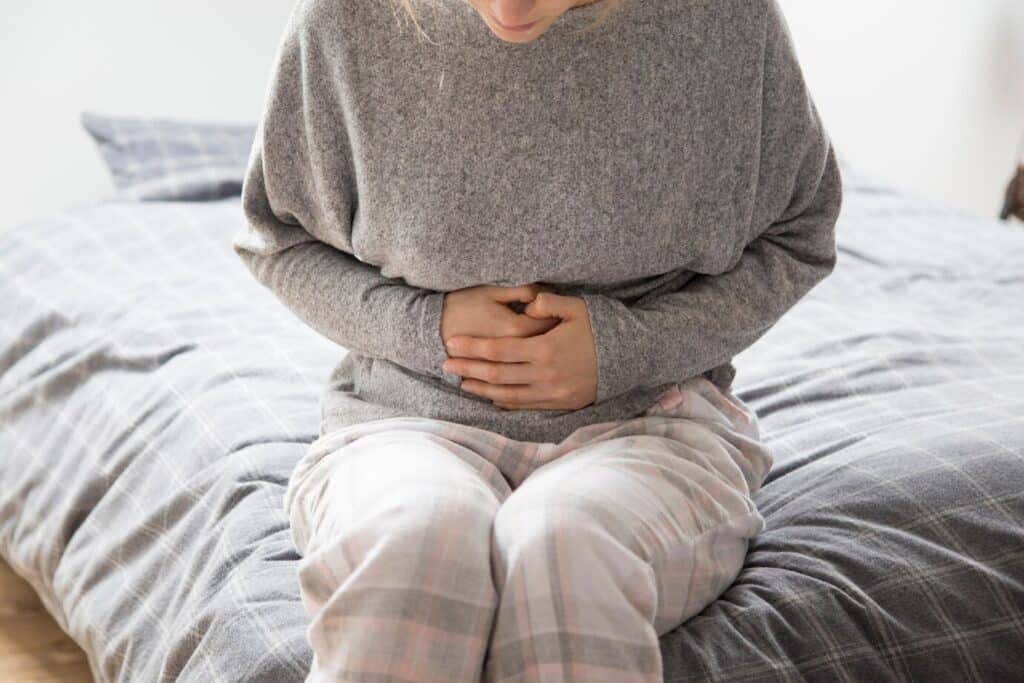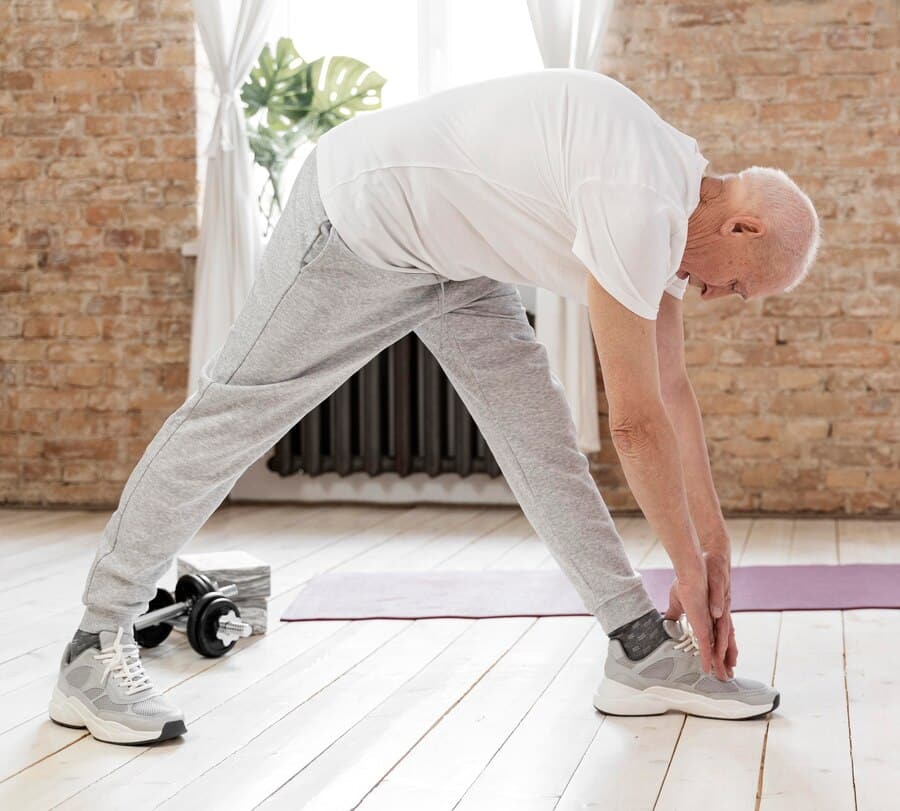Your bones naturally lose density as you age, making them more prone to fractures. Osteoporosis, a silent bone disease, can creep up on you without warning signs until it’s too late. According to Osteoporosis: What You Need to Know as You Age, understanding the stages of osteoporosis is crucial in preventing bone fractures and managing the condition. In this article, we’ll probe into the four stages of osteoporosis, from its early signs to its severe consequences, and explore how doctors diagnose each stage. By grasping the progression of osteoporosis by Oceanview Senior Living, you’ll be better equipped to take control of your bone health and reduce the risk of fractures as you age.
Stage 1
Your body constantly breaks down old bone and replaces it with new bone tissue. At stage 1 of osteoporosis, your bone loss and formation are balanced, meaning you no longer make more bone material than you’re losing.
Normal Bone Density
A bone density scan will show a T-score between +1 and -1 for people in this stage, indicating an average bone density. This means your bones are still strong and healthy, and you’re not at risk of fractures.
Early Warning Signs
The National Institute on Aging notes no symptoms at this stage. However, it’s crucial to be aware of your bone health, especially if you risk osteoporosis due to family history, age, or other factors.
To identify potential issues early, it’s crucial to maintain regular check-ups with your doctor and discuss any concerns you may have about your bone health. By being proactive, you can take steps to prevent or slow down bone loss, reducing your risk of osteoporosis and fractures.
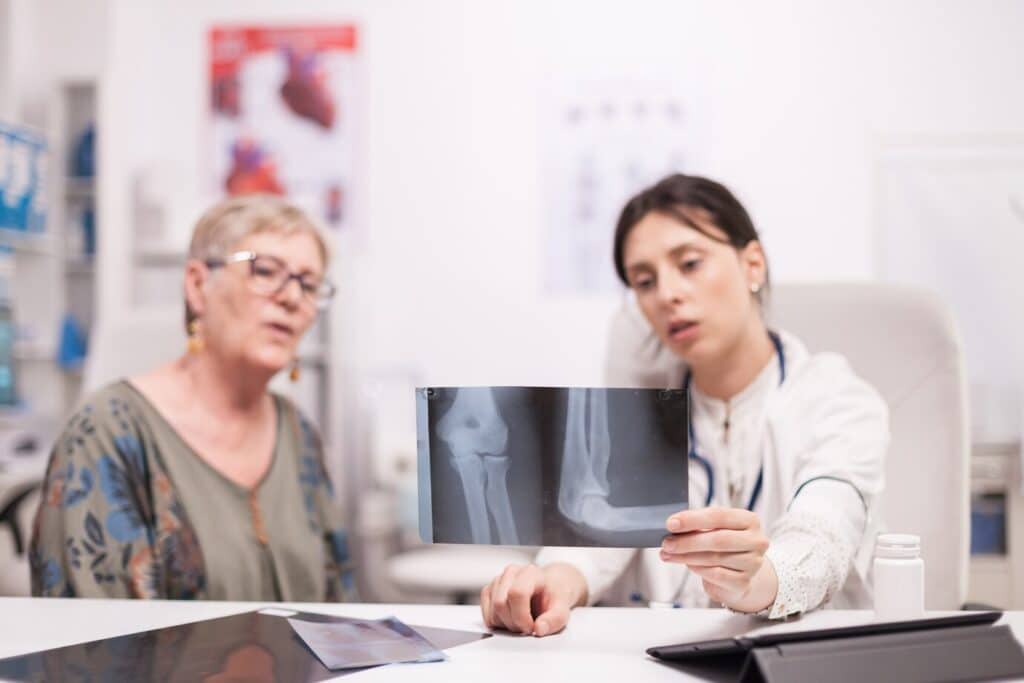
Early Warning Signs
Stage 2
Assuming you’ve reached stage 2 of osteoporosis, your bone mass or density is lower than usual for your age. This stage is often referred to as osteopenia, a precursor to osteoporosis. At this point, bone loss occurs faster than bone formation. However, your bones are less likely to fracture because they haven’t yet deteriorated significantly. You may not experience any symptoms, but taking steps to reduce your risk of developing osteoporosis is necessary. According to the National Health Service (NHS), osteopenia doesn’t constantly develop into osteoporosis.
Osteopenia: The Precursor to Osteoporosis
One of the primary concerns during stage 2 is osteopenia, a condition in which bone density is lower than usual. While it’s not yet osteoporosis, it increases your risk of developing the condition. The good news is that you can reduce your risk of osteoporosis by exercising regularly, eating a balanced diet rich in calcium and vitamin D, and avoiding smoking and excessive alcohol consumption.
Subtle Changes in Bone Structure
Although you may not notice any significant changes in your bone structure on the surface, subtle changes are occurring. Your bones are becoming weaker and more prone to fractures, even if you don’t experience any symptoms. It’s necessary to be proactive and prevent further bone loss.
To better understand the subtle changes in your bone structure, consider this: your bones have a thick outer layer and a spongy inner layer. As you age, the spongy inner layer becomes less dense, making your bones more susceptible to fractures. Additionally, the vertebrae in your spine can become compressed, leading to a loss of height and stooped posture. These changes can occur gradually over time, making regular monitoring of your bone health necessary. If you’re concerned about osteoporosis, consult your doctor about getting a bone density scan, which can help identify potential issues early on. For more information on the symptoms of osteoporosis, including early and late-stage signs, consult with your healthcare provider.
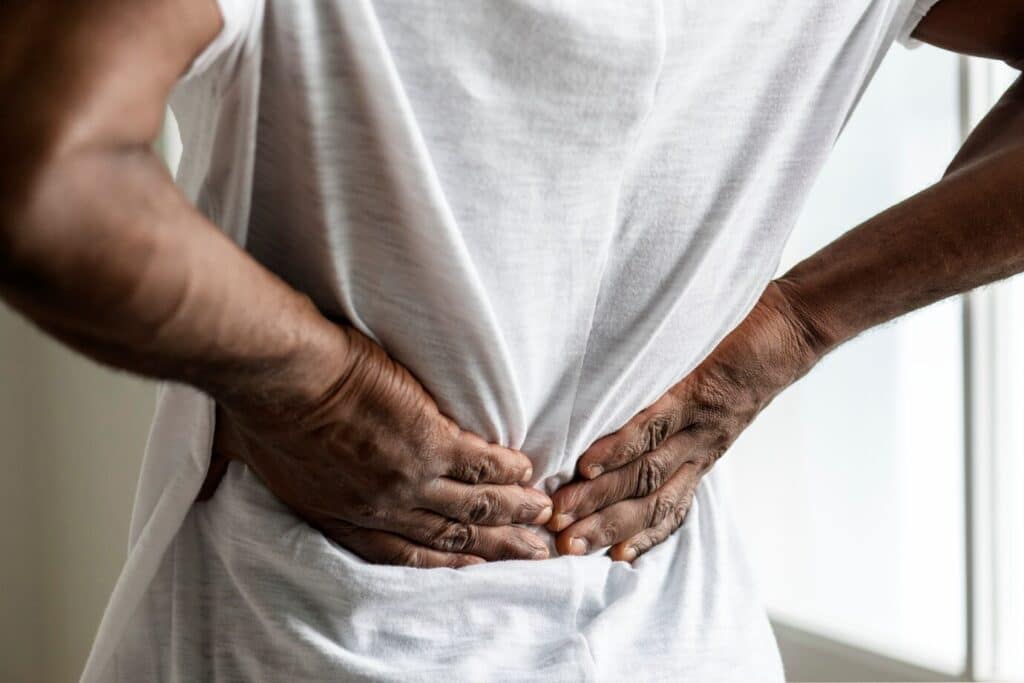
Osteopenia
Stage 3
While osteoporosis may still be asymptomatic at this stage, the accelerated bone loss significantly increases the risk of fractures.
Osteoporosis: Weakened Bones
On the brink of full-blown osteoporosis, your bones are becoming increasingly fragile, making them more susceptible to fractures.
Increased Risk of Fractures
Stage 3 osteoporosis is characterized by a heightened risk of fractures, even from minor falls or bumps that wouldn’t have caused harm earlier.
It’s important to understand that these fractures can occur spontaneously, without any obvious trauma and maybe the first indication of osteoporosis. As bone density continues to decline, the likelihood of experiencing a fracture increases, which can significantly impact one’s quality of life.
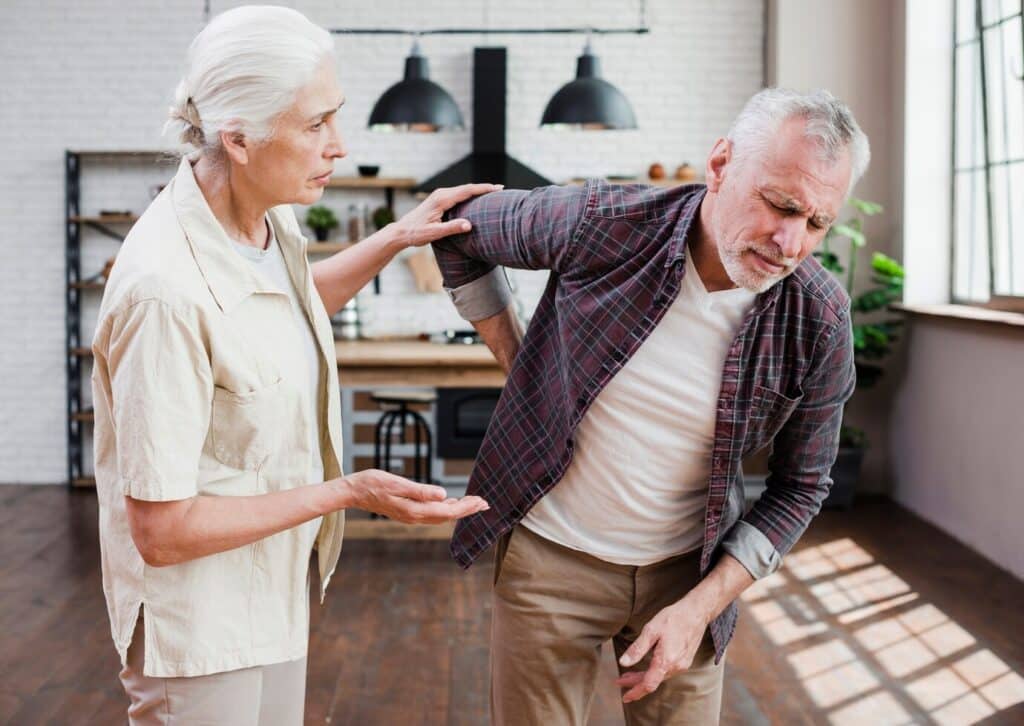
Weakened Bones
Common Symptoms
With osteoporosis progressing to stage 3, you may notice subtle changes in your body, such as a slight loss of height or a stooped posture.
Understanding these early symptoms is crucial, as they can be a warning sign for potential fractures. If you’re experiencing any unusual aches or pains, consult with your healthcare provider to determine the underlying cause and take preventative measures.
Stage 4
Many seniors may not realize they have osteoporosis until they reach Stage 4, the most severe stage of the condition. At this point, bone loss is significant, and the risk of fractures is exceptionally high. According to the Mayo Clinic, osteoporosis can lead to Osteoporosis—symptoms and causes, including back pain, stooped posture, and loss of height.
What Level of Care Do You Need?
Discover the level of care you or your family member requires.
Severe Osteoporosis: Advanced Bone Loss
In Stage 4, bone loss is advanced, and the body can no longer quickly replace bone tissue. This leads to a significant decrease in bone density, making bones weak and brittle.
| Symptoms | Description |
| Back pain | Persistent back pain due to vertebral compression fractures |
| Stooped posture | Kyphosis or curvature of the spine due to vertebral compression fractures |
| Loss of height | Noticeable decrease in height due to vertebral compression fractures |
Debilitating Consequences
Debilitating consequences of Stage 4 osteoporosis can significantly impact your daily life. You may experience chronic pain, limited mobility, and a decreased quality of life.
Stage 4 osteoporosis can also lead to a higher risk of falls and fractures, which can be life-threatening. Working with your healthcare provider to manage your condition and prevent further bone loss is necessary.
Diagnosis
Remember that diagnosing osteoporosis typically involves a combination of tests and evaluations to determine your bone density and overall health.
Bone Density Tests
Determining your bone density is a crucial step in diagnosing osteoporosis. A bone density test, also known as a dual-energy X-ray absorptiometry (DXA) scan, measures the mass and strength of your bones. This test is the most common method used to diagnose osteoporosis and assess your risk of fractures.
Medical History and Physical Exam
Medically speaking, your doctor will likely start by reviewing your medical history and performing a physical exam to assess your overall health and identify any potential risk factors for osteoporosis.
This evaluation will help your doctor identify any underlying conditions or lifestyle factors contributing to bone loss, such as a family history of osteoporosis, previous fractures, or certain medications.
Imaging Tests
An imaging test, such as an X-ray or computed tomography (CT) scan, may be ordered to confirm osteoporosis diagnosis or rule out other conditions that may be causing your symptoms.
Physical signs of osteoporosis, such as vertebral compression fractures or height loss, may also be visible on an imaging test, which can help your doctor determine the severity of your condition.
Find Where You Belong
Dive into the vibrant life our Westmont communities have to offer.
As a reminder, understanding the stages of osteoporosis is crucial for seniors like you to take proactive steps in managing this silent bone disease. By recognizing the signs and symptoms of each stage, you can work with your healthcare provider to develop a personalized plan to slow bone loss, reduce the risk of fractures, and improve your overall quality of life. If you’re concerned about the stages of osteoporosis or have questions about the stages of osteoporosis, don’t hesitate to reach out to Oceanview Senior Living at 541-574-0550. Knowledge is power, and taking control of your bone health is crucial for a happy and healthy senior living experience.



